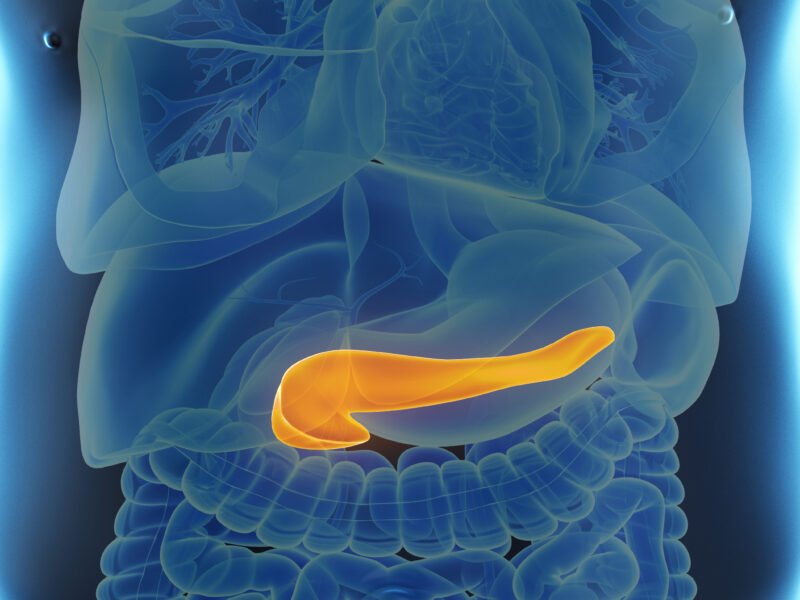Early Intervention is Key to Avoid Hospitalization for Cyclic Vomiting Syndrome
Early Intervention is Key to Avoid Hospitalization for Cyclic Vomiting Syndrome https://pediatricsnationwide.org/wp-content/uploads/2021/01/AdobeStock_59162670-1024x683.jpg 1024 683 Mary Bates, PhD Mary Bates, PhD https://secure.gravatar.com/avatar/c6233ca2b7754ab7c4c820e14eb518c8?s=96&d=mm&r=g- January 06, 2021
- Mary Bates, PhD

Study finds that waiting to go to the emergency department for treatment increases likelihood of hospitalization.
Cyclic vomiting syndrome is a functional gastrointestinal disorder characterized by periodic episodes of intense nausea and vomiting lasting hours to days. During episodes, some children become very sick and require emergency department care and hospitalization to manage symptoms and dehydration.
After a recent analysis showed that hospitalizations for children with cyclic vomiting syndrome increased between 2008 and 2018, researchers from Nationwide Children’s conducted a study analyzing what factors increased patients’ risk of hospitalization for an attack. The researchers reviewed patients with cyclic vomiting syndrome seen at Nationwide Children’s between 2015 and 2018 and compared those who were discharged from the emergency department with those who had to be hospitalized for further treatment.
The researchers, led by Zeyad Abdulkader, MD, pediatric gastroenterology fellow, identified 152 cyclic vomiting-related emergency department visits, of which 62% resulted in hospitalization.
“We found that earlier intervention in the emergency department minimizes the chances of hospitalization,” says Dr. Abdulkader. “This was true for both how long the patients were at home experiencing symptoms before coming into the emergency department and how long they waited for treatment once they got there.”
The analysis showed that patients who came to the emergency department more than 48 hours after symptoms started were more than 12 times more likely to be hospitalized than those who presented within the first 24 hours of an attack. Moreover, patients were more likely to be hospitalized the longer they waited in the emergency department before receiving their first antiemetic dose.
These findings demonstrate a significant association between the timing of interventions following the start of an attack and the subsequent risk of hospitalization, with earlier interventions, even by one hour, more likely to produce favorable outcomes. The researchers say that both patients’ families and medical providers can use this information to reduce hospitalizations for cyclic vomiting syndrome.
“When kids have this diagnosis, their family needs to understand that it is important to recognize episodes and intervene as soon as possible,” says Peter Lu, MD, MS, an attending pediatric gastroenterologist at Nationwide Children’s and one of the study’s co-authors.
“Not only is it important for the family to try and pay attention to when episodes might be happening but also it is critical for physicians to provide the family with a clear plan for what to do if there is an episode.”
Dr. Abdulkader agrees that their data support telling families to bring their child into the emergency department if they are at all concerned about a cyclic vomiting episode.
“We should tell families that more rapid action will lessen the chances of hospitalization,” he says.
“Also, gastroenterology and emergency department providers should know that these are a special population of patients where expediency matters. The ultimate result, we hope, will be that we can bring down the hospitalization rate for these patients.”
Reference:
Abdulkader ZM, Bali N, Vaz K, Yacob D, Di Lorenzo C, Lu PL. Predictors of Hospital Admission for Pediatric Cyclic Vomiting Syndrome. Journal of Pediatrics. 2020 Nov 28:S0022-3476(20)31467-0. doi: 10.1016/j.jpeds.2020.11.055. Epub ahead of print.
Image credit: Adobe Stock
About the author
Mary a freelance science writer and blogger based in Boston. Her favorite topics include biology, psychology, neuroscience, ecology, and animal behavior. She has a BA in Biology-Psychology with a minor in English from Skidmore College in Saratoga Springs, NY, and a PhD from Brown University, where she researched bat echolocation and bullfrog chorusing.
-
Mary Bates, PhDhttps://pediatricsnationwide.org/author/mary-bates-phd/December 27, 2016
-
Mary Bates, PhDhttps://pediatricsnationwide.org/author/mary-bates-phd/
-
Mary Bates, PhDhttps://pediatricsnationwide.org/author/mary-bates-phd/
-
Mary Bates, PhDhttps://pediatricsnationwide.org/author/mary-bates-phd/
- Post Tags:
- Emergency Medicine
- Gastroenterology
- Posted In:
- Clinical Updates
- In Brief






